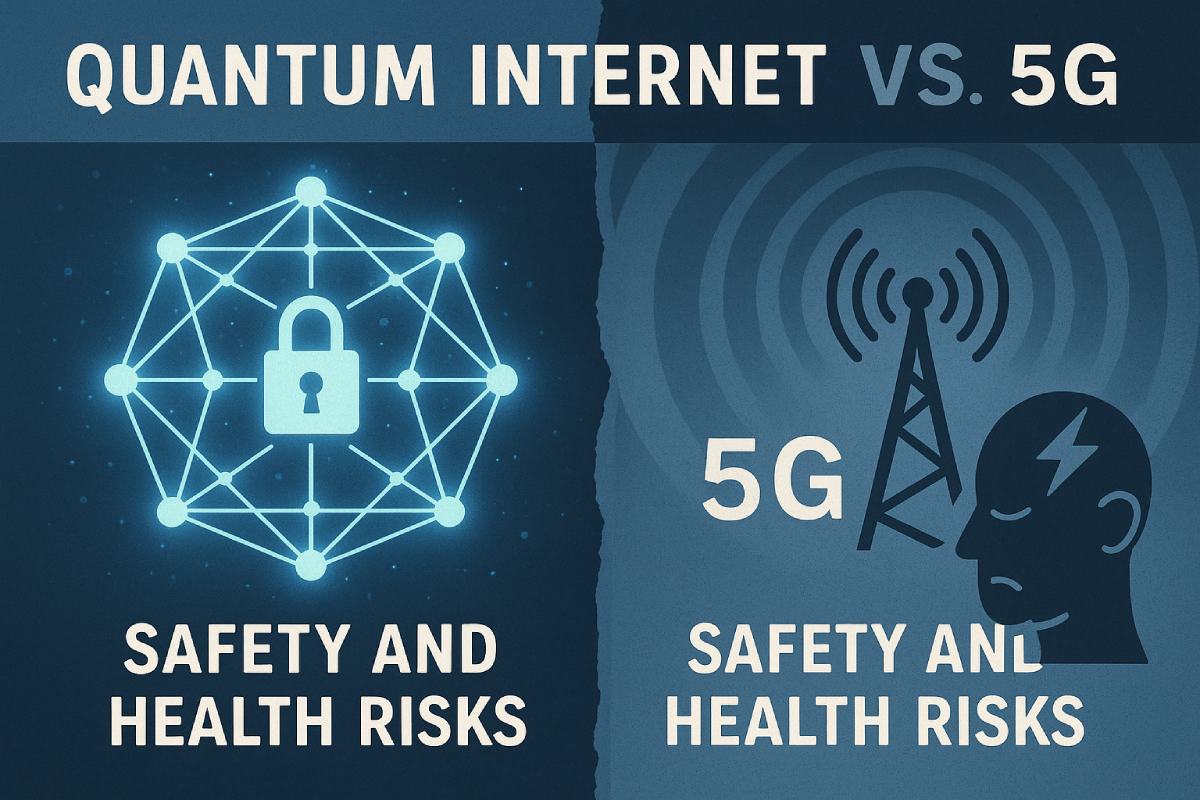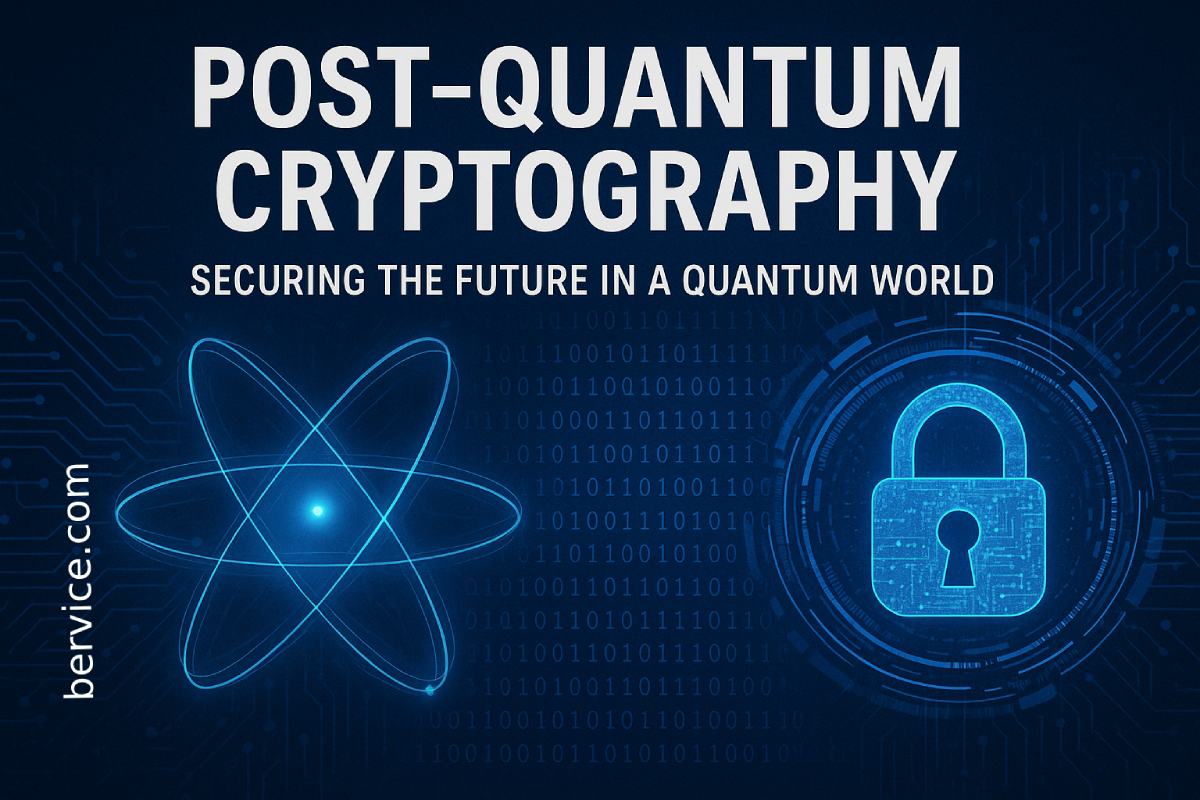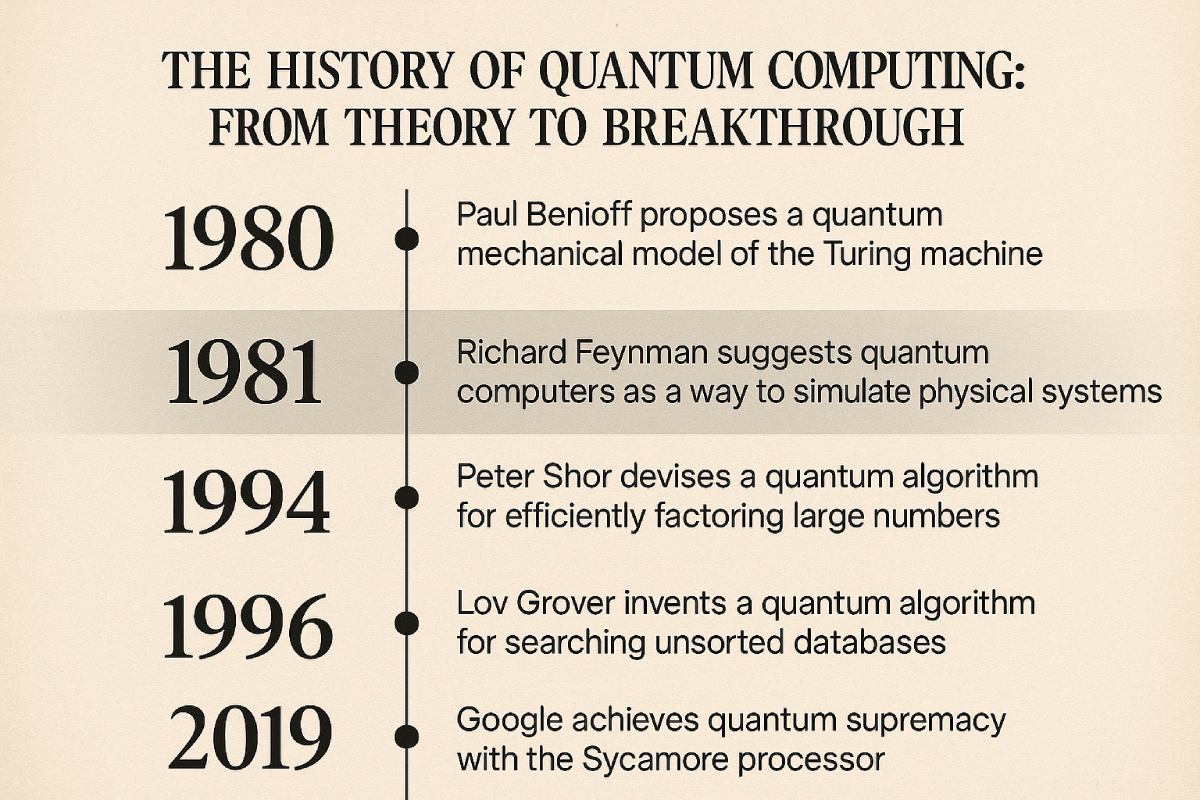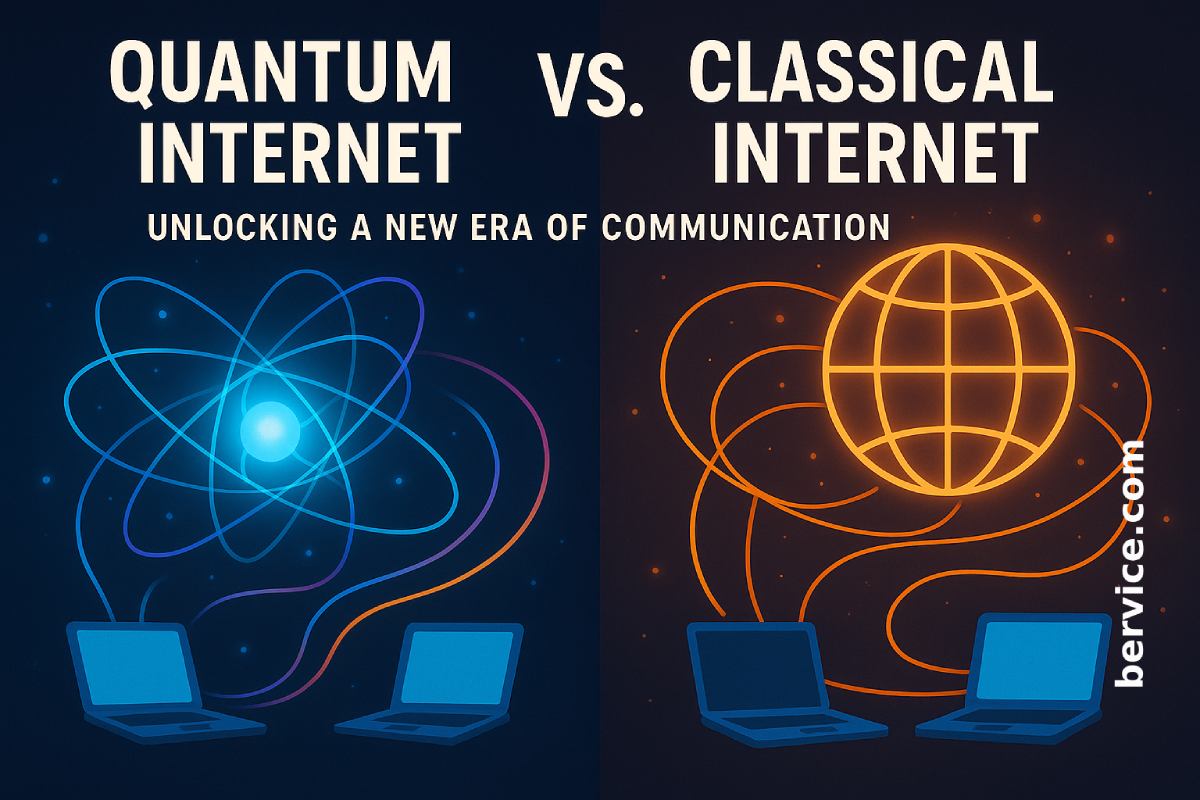
As the world races toward a future powered by advanced connectivity, two revolutionary technologies are shaping the global communication infrastructure: 5G networks and the Quantum Internet. While both promise groundbreaking speed, security, and efficiency, concerns regarding their health and environmental impact—especially with 5G—have sparked widespread debate. This article explores the risks associated with 5G electromagnetic radiation and contrasts it with the emerging architecture of the quantum internet, analyzing which one poses fewer potential harms.
Understanding 5G Technology and Its Electromagnetic Spectrum
5G, or fifth-generation cellular technology, operates across a wide range of frequencies, including sub-6 GHz and millimeter waves (mmWave), reaching up to 100 GHz. These higher frequencies enable ultra-fast data transfer, low latency, and support for billions of connected devices. However, this also leads to a dramatic increase in the number of cell towers and small antennas, especially in densely populated areas, raising concerns about prolonged exposure to radiofrequency (RF) radiation.
Several studies have examined the biological effects of RF radiation, including:
- Disruption of cellular metabolism
- Oxidative stress and DNA damage
- Sleep disturbances and headaches
- Potential links to certain cancers (still debated)
Although international organizations like the World Health Organization (WHO) and ICNIRP have declared 5G radiation to be within safe exposure limits, long-term studies are still ongoing, and public skepticism remains high.
What Is the Quantum Internet?
The Quantum Internet is an entirely different paradigm. Instead of using electromagnetic waves to carry data, it transmits quantum information using qubits over entangled photons, often via optical fiber networks or satellite-based quantum links. Its biggest promise lies in unbreakable encryption and instantaneous data sharing using the principles of quantum entanglement and quantum teleportation.
Unlike 5G, quantum communication systems:
- Do not rely on high-frequency RF radiation
- Use low-power lasers or photons, mostly in the infrared or visible light spectrum
- Transmit signals through fiber optics or free-space optics, reducing exposure to EM fields
In essence, the quantum internet does not emit electromagnetic radiation into the environment in the same manner as cellular networks, making it inherently less intrusive and less biologically impactful.
Comparing the Risks: 5G vs. Quantum Internet
| Aspect | 5G Technology | Quantum Internet |
|---|---|---|
| Transmission Medium | Radiofrequency waves (EM radiation) | Photons via optical fiber/light |
| Frequency Band | 700 MHz – 100 GHz | Infrared/visible light (~THz range) |
| Health Concerns | Potential biological effects of RF radiation | No evidence of biological harm |
| Infrastructure Density | High (millions of antennas) | Low (fiber or satellite nodes) |
| Environmental Impact | Higher energy consumption, dense urban installations | Lower energy use, fewer emissions |
While 5G serves a broader consumer base and is already globally deployed, it brings with it the burden of continuous EM exposure, especially as cities grow denser. Quantum internet, on the other hand, remains in the experimental phase but shows promise as a cleaner, safer alternative for ultra-secure applications such as banking, military communication, and national data infrastructure.
Final Thoughts: A Safer Future?
In terms of biological safety, the quantum internet clearly poses fewer risks than 5G, as it avoids the use of high-frequency electromagnetic radiation altogether. However, it’s important to recognize that these technologies serve different purposes and are likely to coexist rather than compete.
The future of communication should not only aim for speed and security, but also health-conscious development. Investing in low-risk infrastructure like quantum networks while regulating RF exposure from technologies like 5G may be the optimal path forward for a healthier digital ecosystem.
Connect with us : https://linktr.ee/bervice




